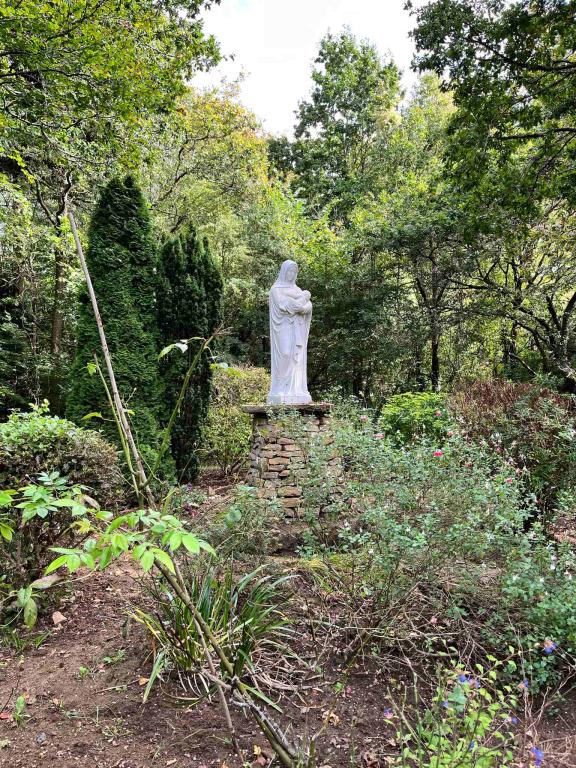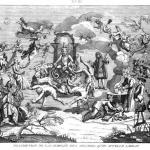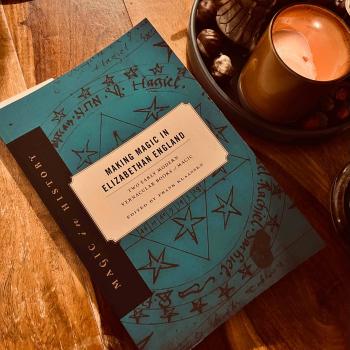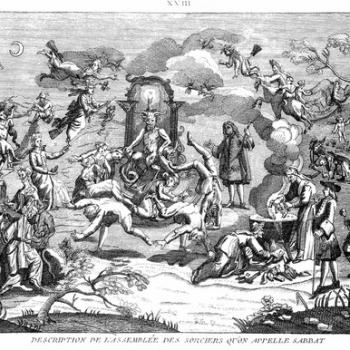Exploring local folklore and landscape can reveal many things, not least of which is an adventure into the enchantment of the world, touching history and local tradition. Often, we allow our everyday lives to govern our actions and thoughts and we become creatures of habit, following the same routes and patterns of behaviour. This inevitably means that we can move about our days and miss those opportunities for entering the mythic and enchanted world that lies just within a breath of our own reality. Recently, I took the occasion to venture out into my local area to explore some of its rich texture and history, to find those spirits whom I had perhaps forgotten, or passed by.
The county of Surrey, lying close by southwest London, is in many ways today an offshoot of its dominant city neighbour. Often, it is the “country” to which wealthy city workers, bankers and politicians retreat or have their home when not in the capital – increasing the cost of everything by 15% on average compared to the rest of the country!
Given the proximity to London, as well as the Anglo-Saxon kingdom of Wessex, one would imagine that Surrey converted to Christianity early on in the medieval period after the Roman departure from Britain but, surprisingly, this couldn’t be farther from the truth. Indeed, it is believed that paganism officially persisted until some time around 675AD and the founding of Chertsey Abbey, nearly a decade after the Synod of Whitby in 664.
An area of Surrey that held onto its former beliefs a lot longer than most others is the land now named for the Godhelm Ingas, or people of the chief Godhelm — Godalming. Indeed, nearby toponyms indicate that a selection of Saxon and pre-Christian sacred sites are scattered throughout the Godalming Hundred (an Hundred was an administrative, judicial and/or military division of Shires in England). These include the village and heathland of Thursley (the field of Thunor/Thor) and Tuesley (the field of Tiw – Týr in Old Norse). This last is most interesting as the shrine to Tiw was replaced, with the advent of Christianity, with a chapel dedicated to the Virgin Mary. A holy well, or spring, also gave its name to the convent subsequently built close by — Ladywell. The remains of the Saxon chapel, along with the previous shrines to Tiw, have since vanished from the landscape but the shrine remains open for visitors everyday of the year. Except, that is, for one day of which there is a curious and persistent ban from public gathering that remains extant to this day: the 21st December. This fascinating detail might be interpreted as a reminder of the longstanding custom of local folk to gather to mark a forgotten god from a forgotten land and a forgotten time. Indeed, the very prohibition speaks apophatically to evoke by summoning that which it talks around.

During a recent visit to the site of Mary’s shrine, which remains accessible through footpaths and woodland, we stood on the land once held sacred by our forebears who revered a different god on this site, and a distinct raven flew atop a distant high tree, directly in the north. Cawing mournfully, emitting low coos of sadness, we watched through the branches until it took flight directly overhead, the sound of its wings beating the air above. Travelling due south, it vanished into the thick canopy of oak and yew, its presence met with another, hidden, sound as its partner responded with their own caw. Silently watching and listening, we became aware that we had been between two ravens in the north and south, and pondered which of Huginn and Muninn – Odin’s ravens – we had witnessed moving from the place of power and spirit in the north through to the gate of middle earth in the south, and what such omen portends.













